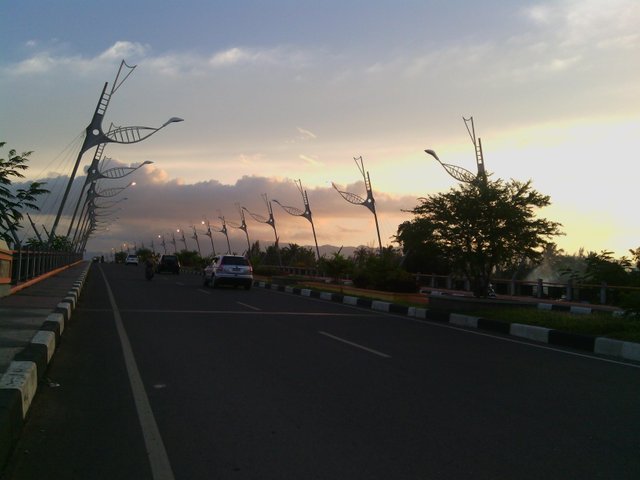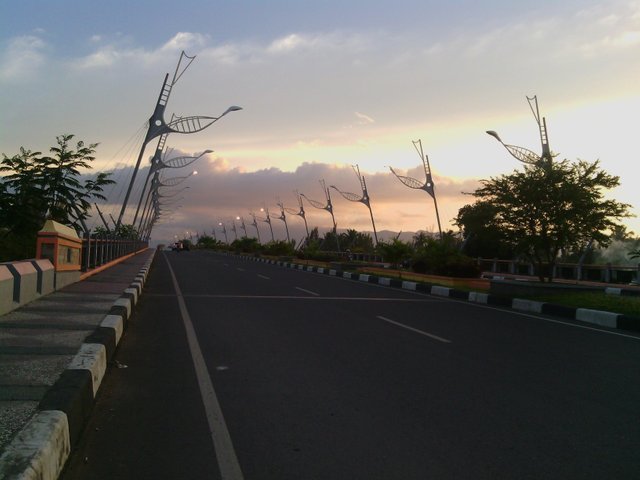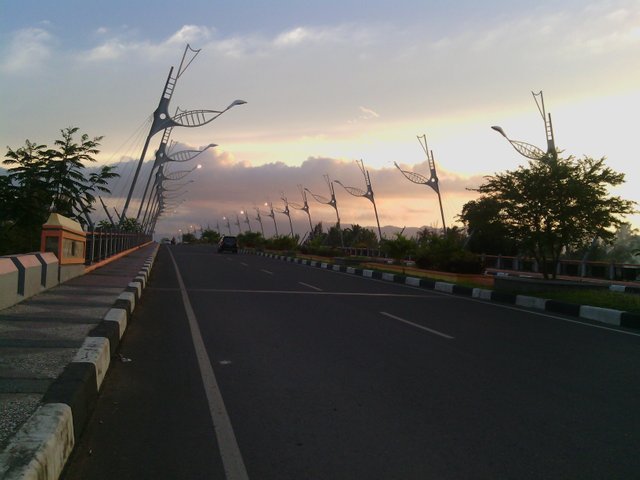Cordoba Bridge Andalusy

One of the most important landmarks in the city is Qantara Qortoba, which is located on the Wadi Kabir river. It was also known as Qantara al-Dahr. It was approximately 37 meters long and 80 cubits wide (46.2 cm wide) and 60 cubits high.
Al-Adrissi said: «And the Cordoba Alcantara, which raised the vaults pride in its construction and mastery, and the number of arches seventeen arc, between the bow and arch fifty Shubra, and the capacity of the arch such as that 50 Shubra, and the capacity of her back, The days of the water jug are thirty cubits, and if the stream is the water, the water will reach them, and under the canyon, the valley will intercept a dam pier made of Egyptian stones and rough pillars of marble.
It was necessary to build bridges and bridges on these rivers to facilitate the passage of people and facilitate movement and to ensure the movement of goods from one place to another, has received attention to the governors and princes in Andalusia, especially Qantara Qortoba. After Cordoba became a city of Muslims in Andalusia, it was necessary to connect Cordoba with its tribal side, "the city of Shekenda", through the Qantara after the increased size of Cordoba and its population increased, and it is difficult for the inhabitants of Shekandah to cross to spend their work in the city.

The building of the Qantara Bridge was taken from the city wall because the site of the destroyed wall was close to the Qantara site so that it was easy for the repairmen to transport the necessary stones easily and in order to save the effort and expenses.
The Qantara was repaired several times due to occasional flooding from the river, such as the flood in 778 CE and the year 901 CE. The restoration work at Qantara Qortoba was carried out by Prince Hisham bin Abdul Rahman in the interior.
And one of the important arches in Andalusia, «Qantara of Toledo», which was linked between the city and the bank opposite her on the river Taja, and had a single contract surrounded by two openings from each side, and Al-Humeiri that was established at the end of the Qantara Naora height in the air ninety-arm, And the water is on its back and enters the city. This Qantara was destroyed during the reign of Prince Muhammad bin Abdul Rahman, and he ordered it completely destroyed in 244 AH / 858 CE until it avenged its rebellious people at that time.
The Qantara of Toledo was destroyed until it was rebuilt behind Bin Mohammed Al Ameri, the city's leader, by the order of Al-Mansour Bin Abi Amer in 387 AH / 997 AD. The Qantara was destroyed after the great shoulder fell on the opposite side of the city and was restored in 1259.

The construction of bridges and arches has attracted Muslim attention since the conquest of Islam by Andalusians, because they realized their importance in the provision of services to the state and the population and the connection of cities with their aspects, which had an impact on economic and social life.
Congratulations @nusantara! You have completed some achievement on Steemit and have been rewarded with new badge(s) :
Click on the badge to view your Board of Honor.
If you no longer want to receive notifications, reply to this comment with the word
STOPTo support your work, I also upvoted your post!